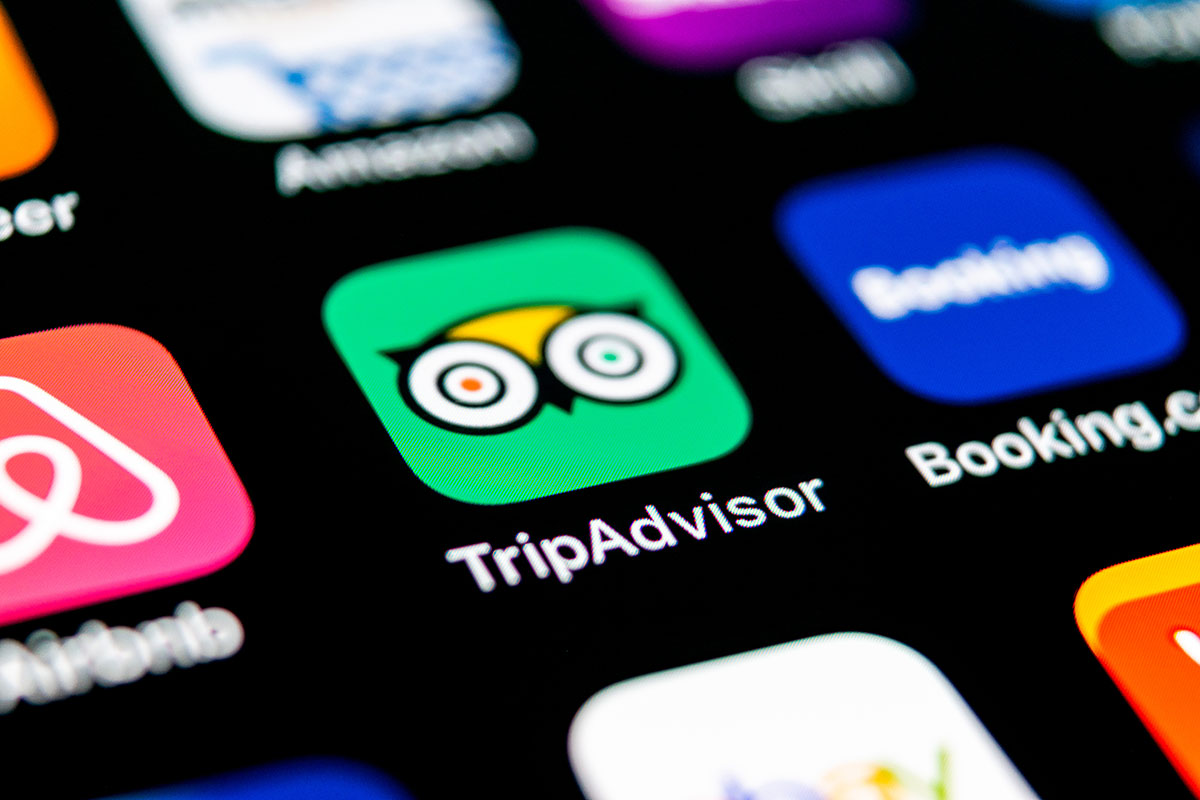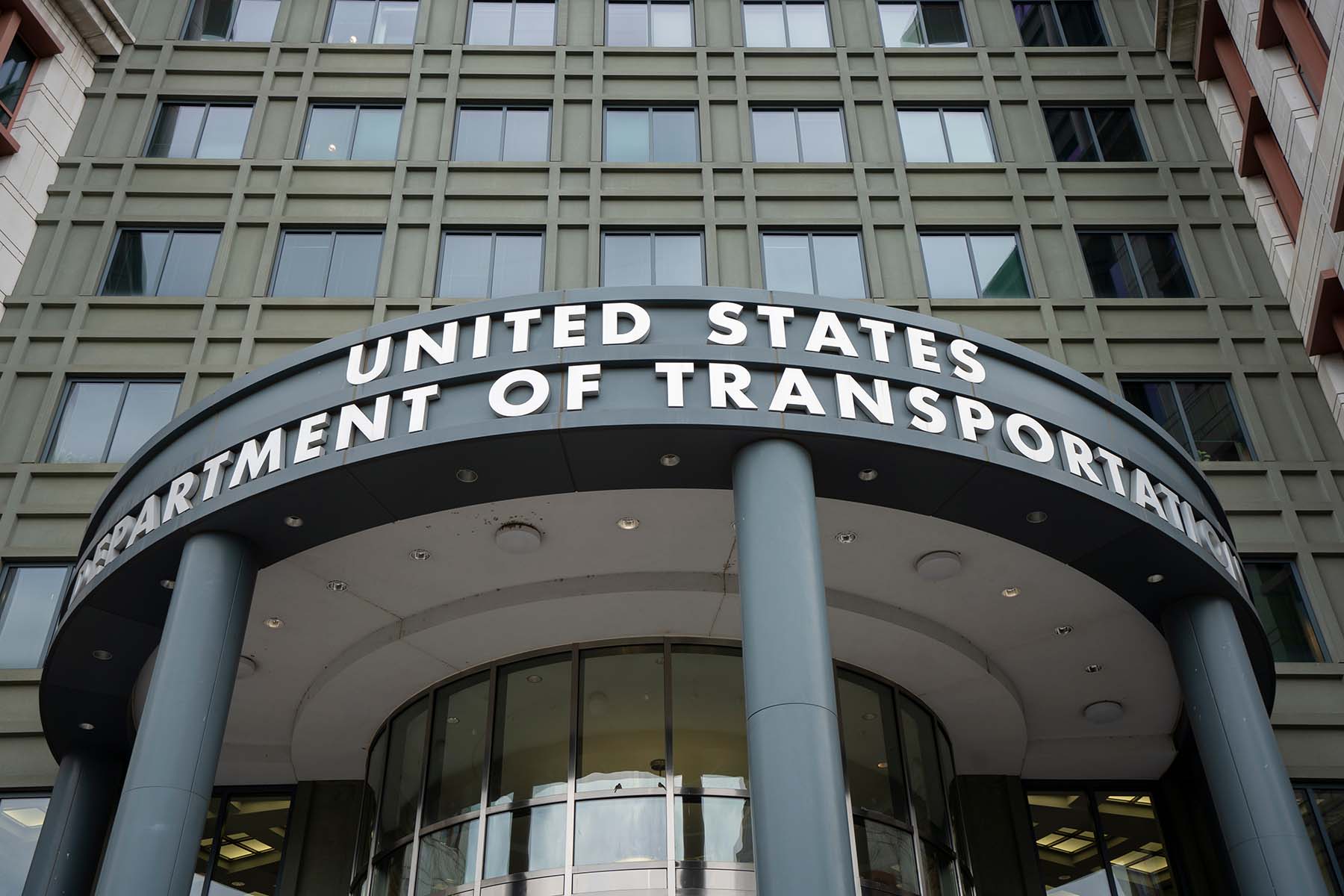How Smart Airlines Use E-Mail Marketing to Bring Shoppers Back

Skift Take
Last week we launched the latest report in our Skift Trends series, Inbox Strategies: The State of E-Mail Marketing in the Travel Industry.
Below is an extract. Get the full report here to get ahead of this trend.
One strategy for progress in the e-mail marketing space is as simple as a friendly reminder. Or reminders.
American Airlines discovered this when it began to implement its Abandoned Cart Program in 2013. Similar to the outcome of using effective attribution models to reach travelers in responsive ways, triggered e-mail strategies such as Abandoned Cart work further personalize the subscriber’s experience. In this case, American used consumer intention as its basis.
That is, any cart on the airline’s ticketing site that was left for more than 24 hours with an un-purchased trip inside prompted the airline to send an e-mail to the shopper. The new e-mail offered the lowest and most flexible flight based on what the recipient seemed to want in the abandoned cart.
The results? A 300% higher open rate than other types of e-mail outreach for American, a 200% higher click-through rate, and conversion rates 400% above other efforts by the airline.
“Not only did the Abandoned Cart Program deliver phenomenal results, but the learning it provided on big-data analysis is helping us to improve the relevance of all our e-mail programs,” Kay Kerman, senior manager of Digital Marketing at American, told Digital Parc in a recent case study.
It’s not just pricing that puts American in that position. According to a recent analysis by Brafton, the analysis firm, it’s the brand’s two-prong approach and decisions about content: “American Airlines sends two forms of e-mail content to web users who failed to convert online. Some e-mail content showcases a single price point, while others feature two options.”
“The first e-mail sends flight information to searchers who looked up certain trips,” the report continued, “but abandoned the transaction before checking out. The second e-mail gives two — one for the exact date being searched and another for a cheaper option. The latter e-mail can resonate with prospective travelers who don’t have travel dates set in stone.”
Also important to note, every e-mail American sent to a site visitor featured rich visual content. American Airlines found that sending people pictures of their ideal destinations edged them closer to conversion.
Other brands are working with specificity, intention, and content to good effect as well.
Targeting has helped Alaska Airlines make headway in recent years. Focusing on travelers that had previously purchased a flight to or from a city, the brand then created regional campaigns around that demographic. The approach translated into millions of dollars of additional revenue.
Southwest’s campaigns concentrate on what Kevin Krone, the airline’s chief marketing officer, described as a move, “away from a discreet set of campaigns that are mass blasted and more toward building profiles and designing experiences that allow us to interact individually.” That effort includes weekly e-mails that include up to 15 different placements — taking into account when recipients are due to depart, where they are in a journey that’s already underway, and what behaviors they’ve exhibited in the past. In line with supporting studies, Krone said that 66% of consumers reached in these ways end up making a purchase.
Experts continue to see campaigns such as the preceding examples make headway for e-mail marketers. According to Shelley Kessler, lead e-mail analyst for Experian Marketing Services, triggered/targeted mailings, “have more than doubled in volume and in opens [year over year], and show large increases in the number of clicks and transactions received as well.”
“Regardless of the channel used to make contact with the brand,” Kessler continued, “Triggers/targeted e-mail still shines as a means of connecting with customers, while promotional e-mails are competing with an ever-growing range of channels as a way to capture subscribers’ interest.”





